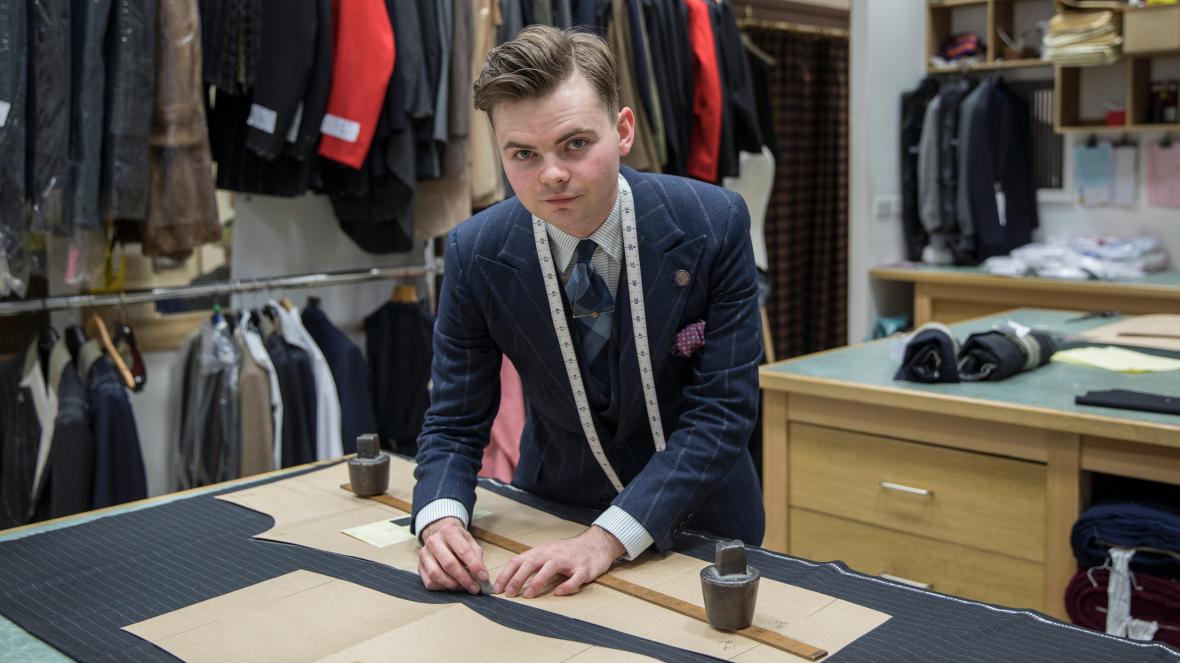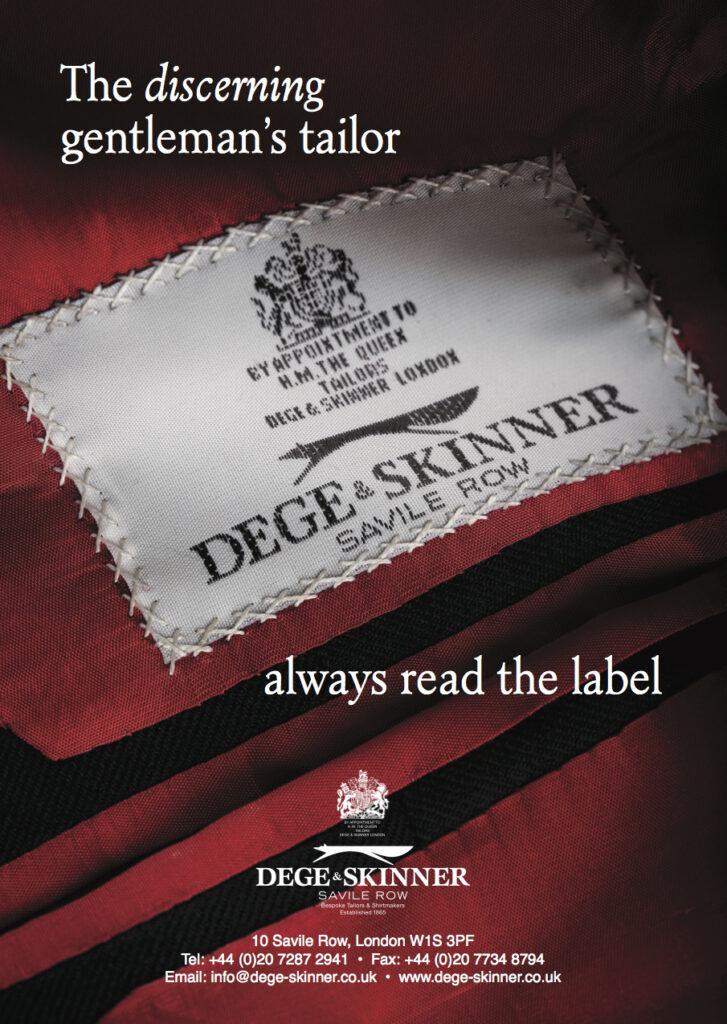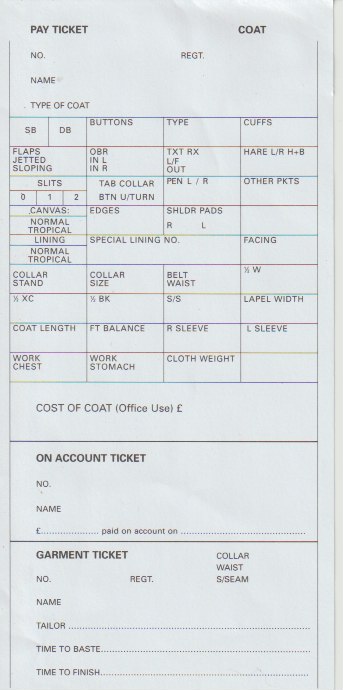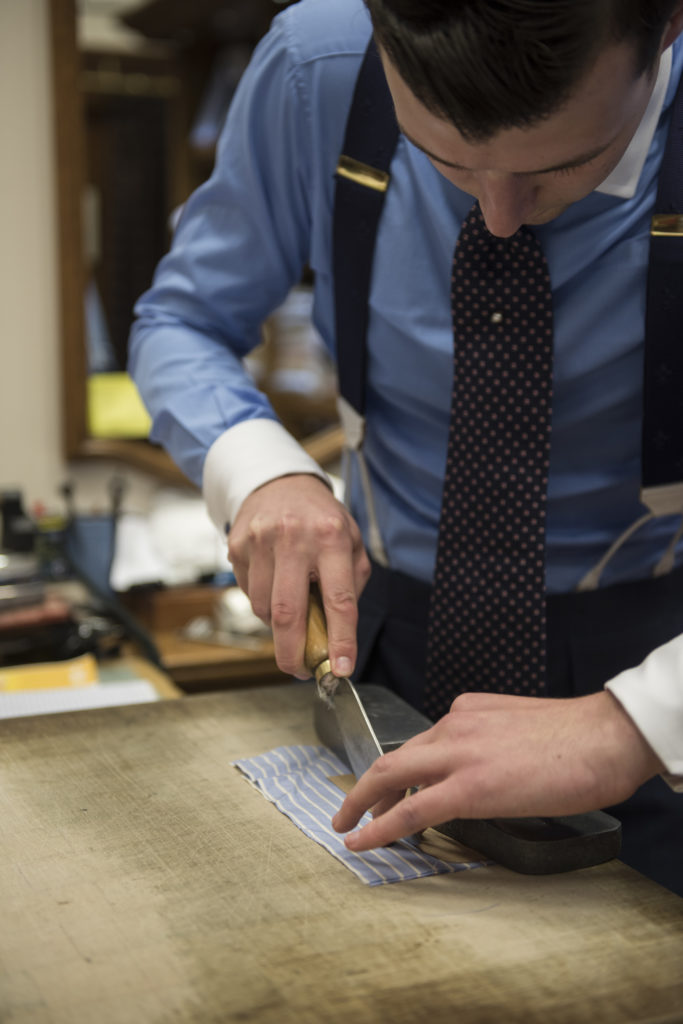Bespoke tailoring and Savile Row’s bespoke tailoring in particular is the highest level of tailoring available outside of Haute Couture, which historically and still predominantly caters for women and is based in Paris.
This website uses cookies so that we can provide you with the best user experience possible. Cookie information is stored in your browser and performs functions such as recognising you when you return to our website and helping our team to understand which sections of the website you find most interesting and useful.





